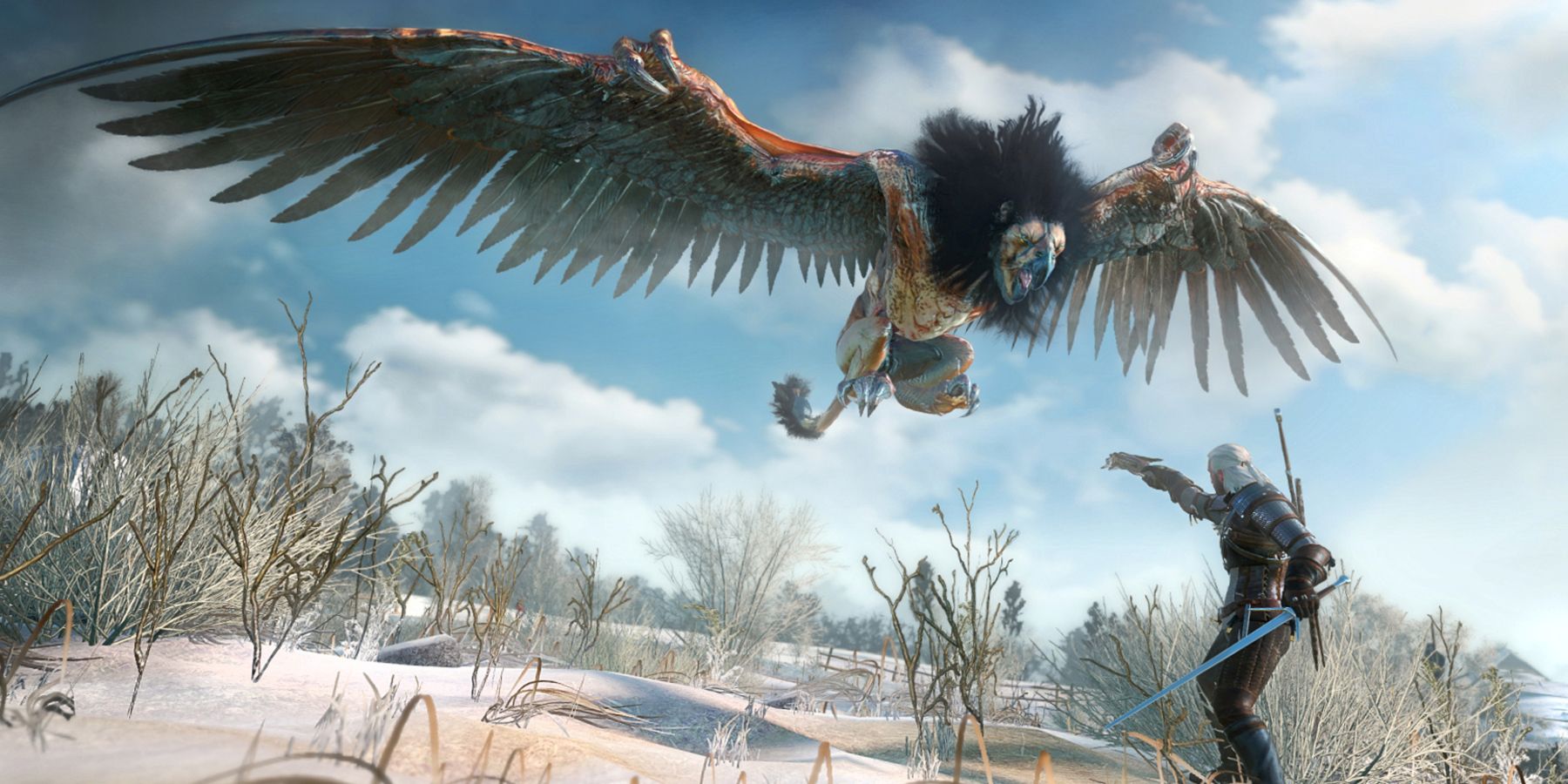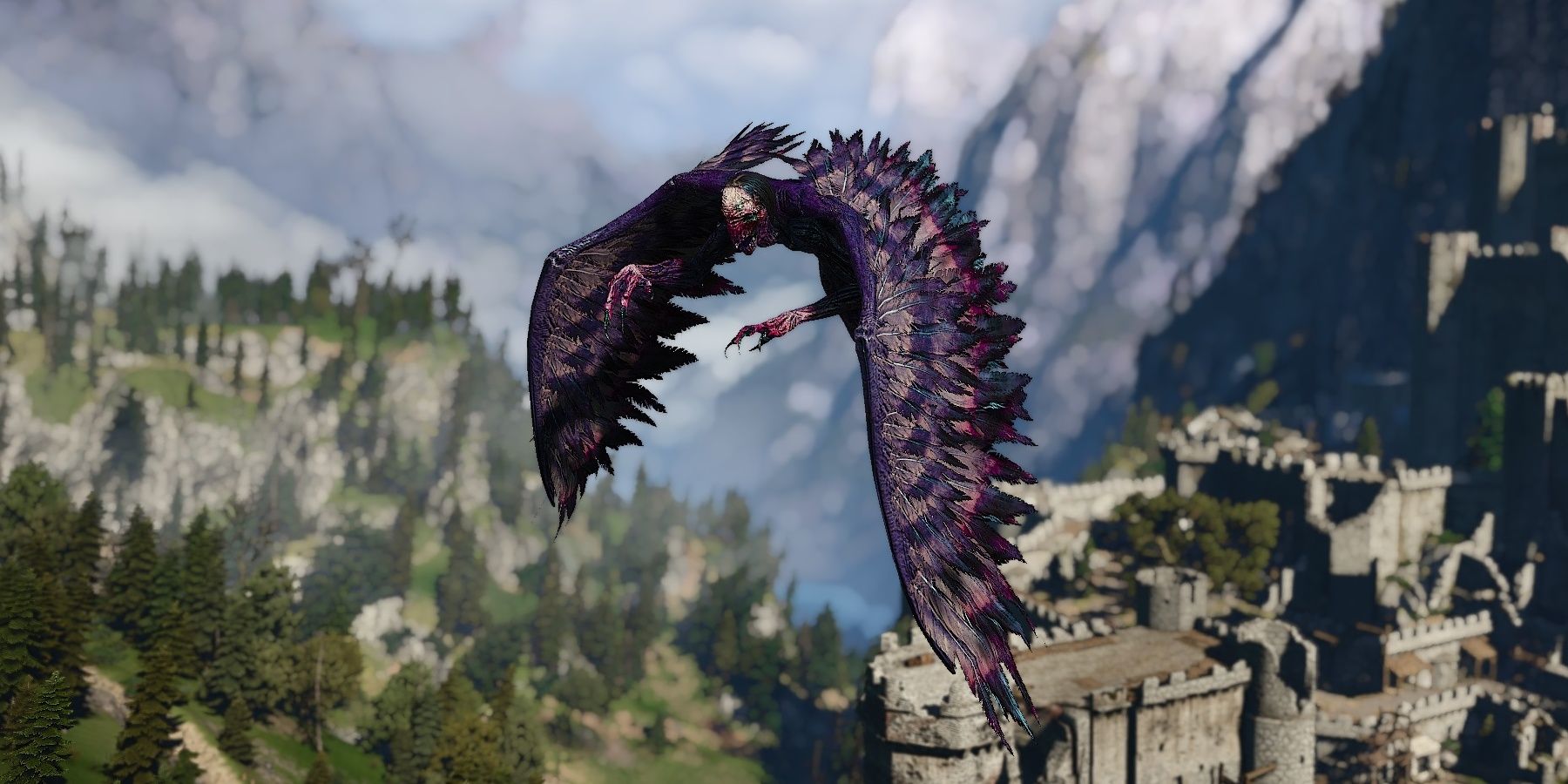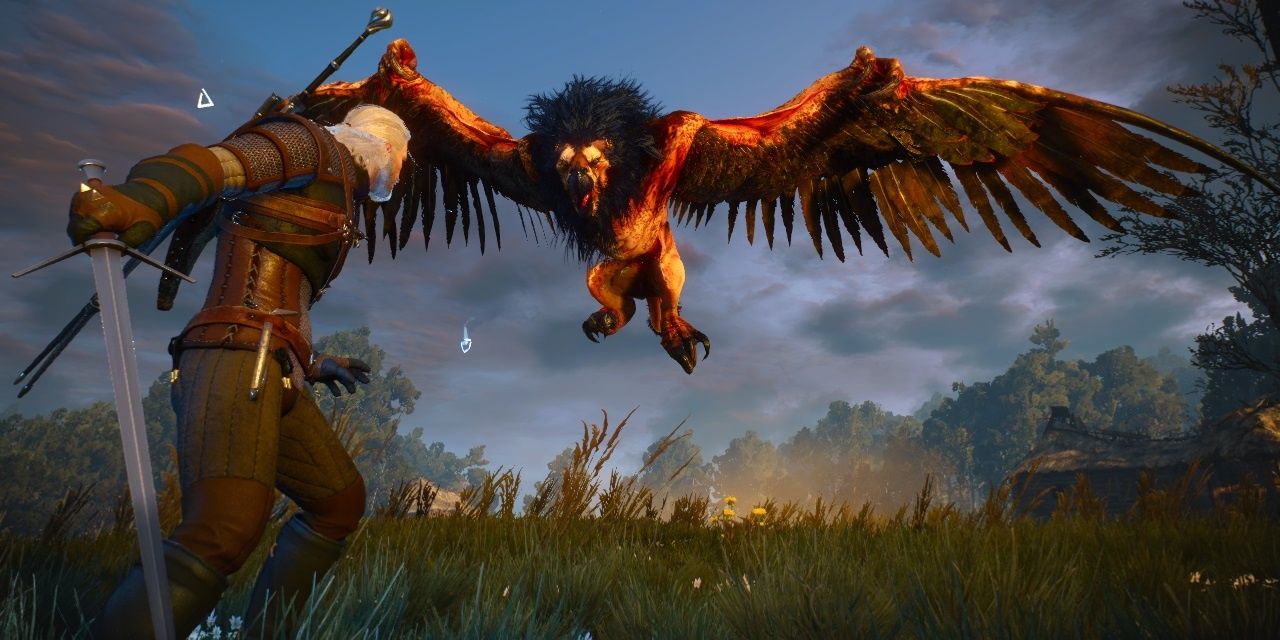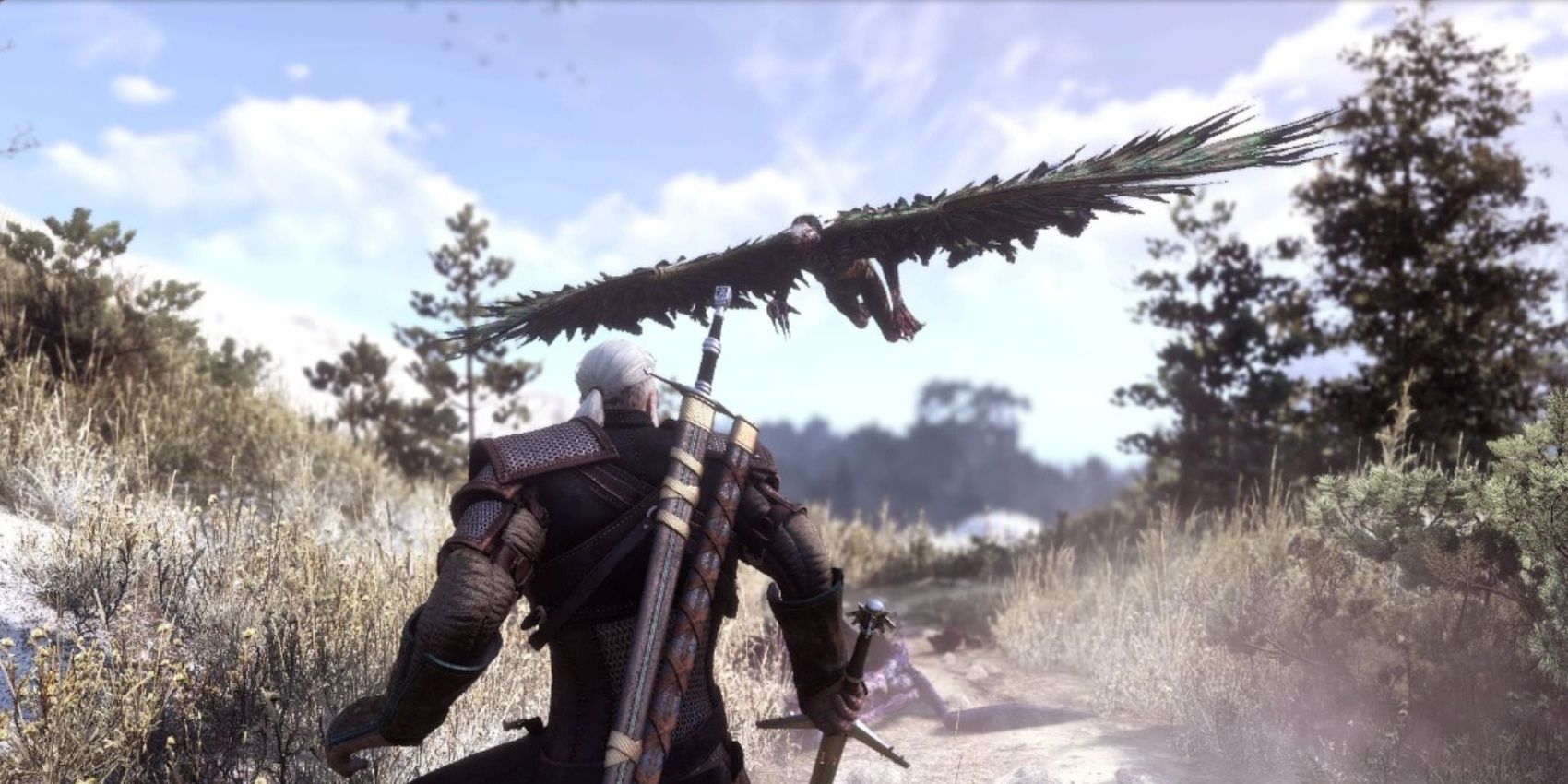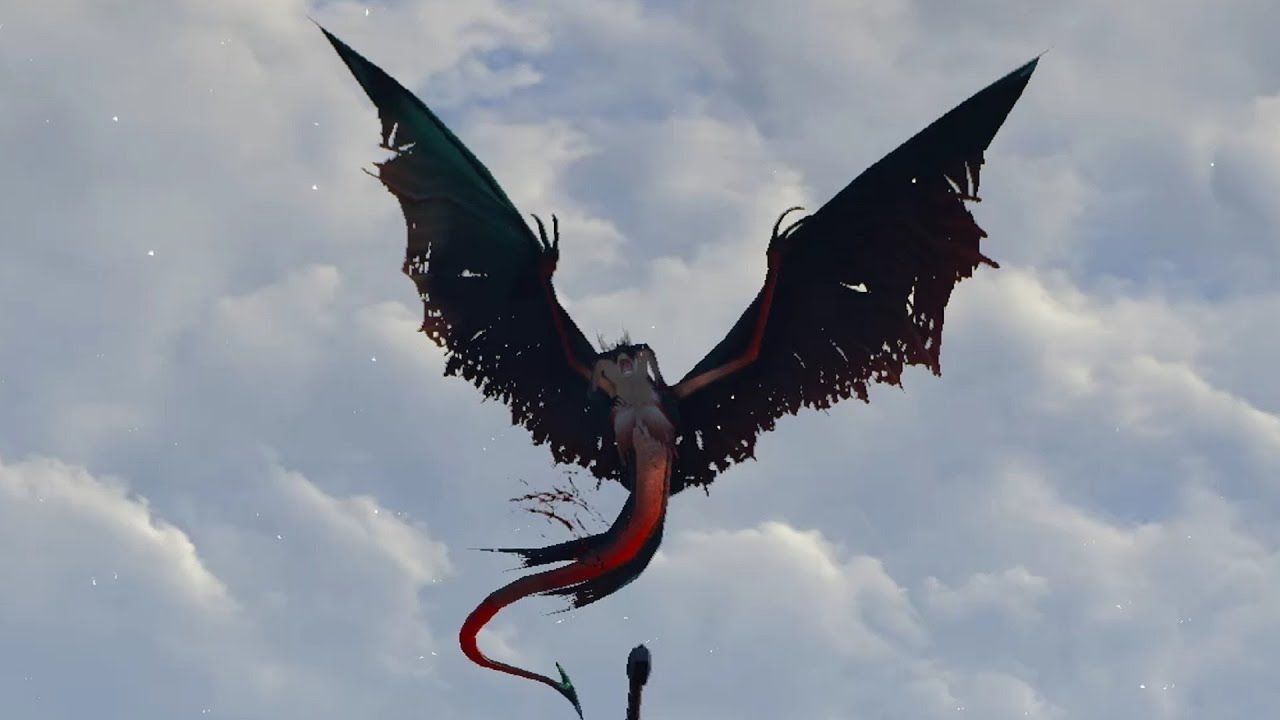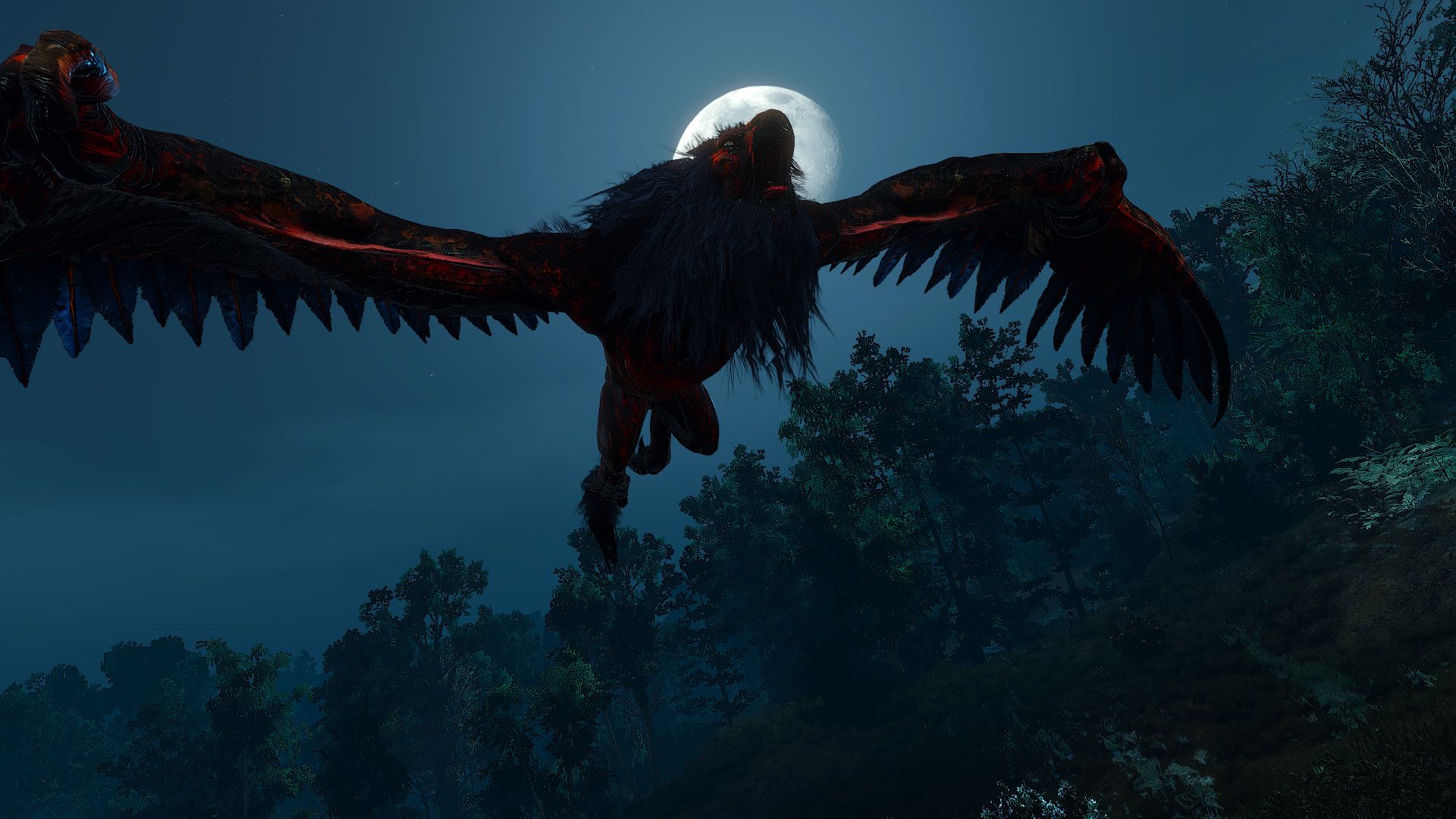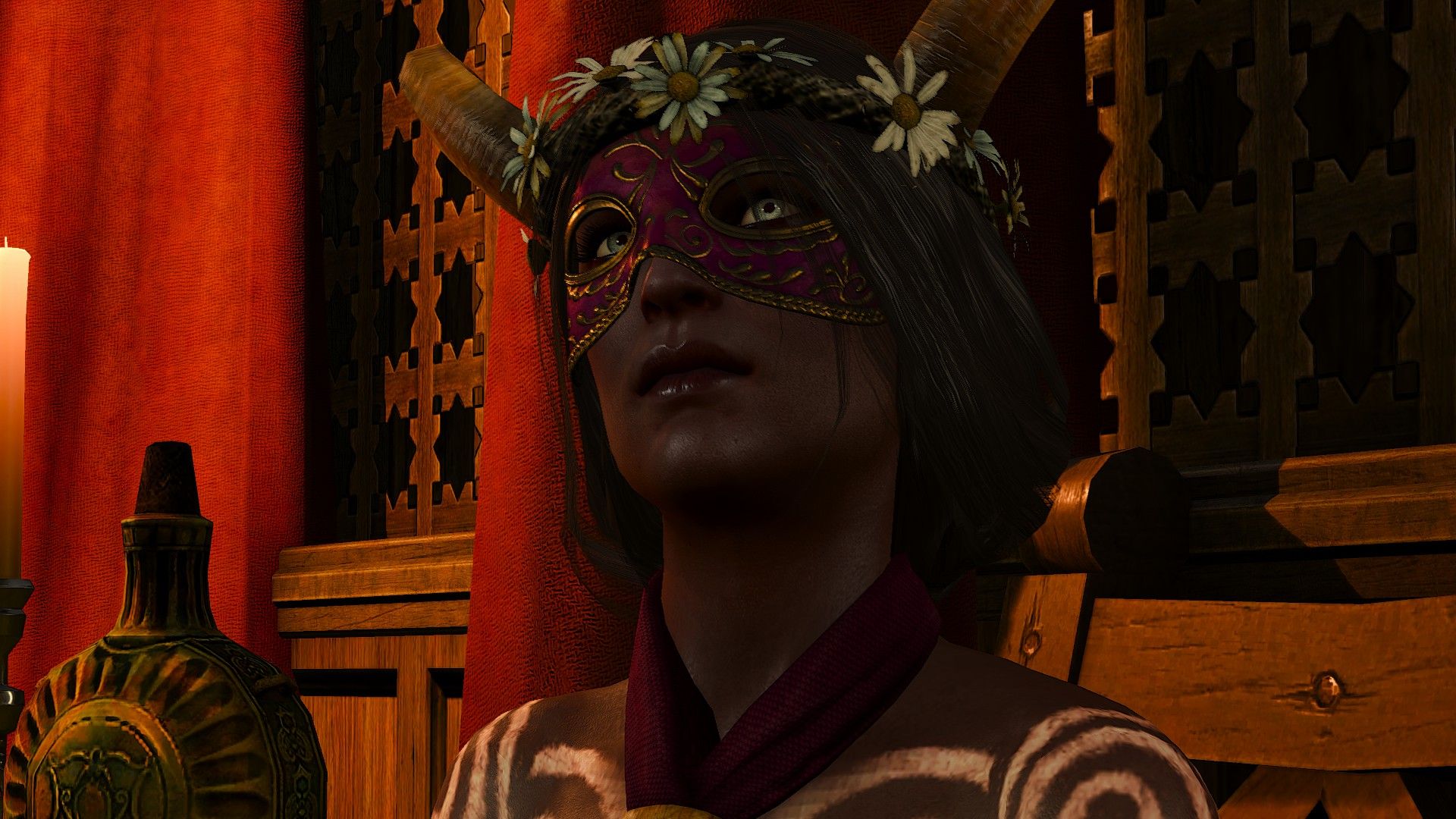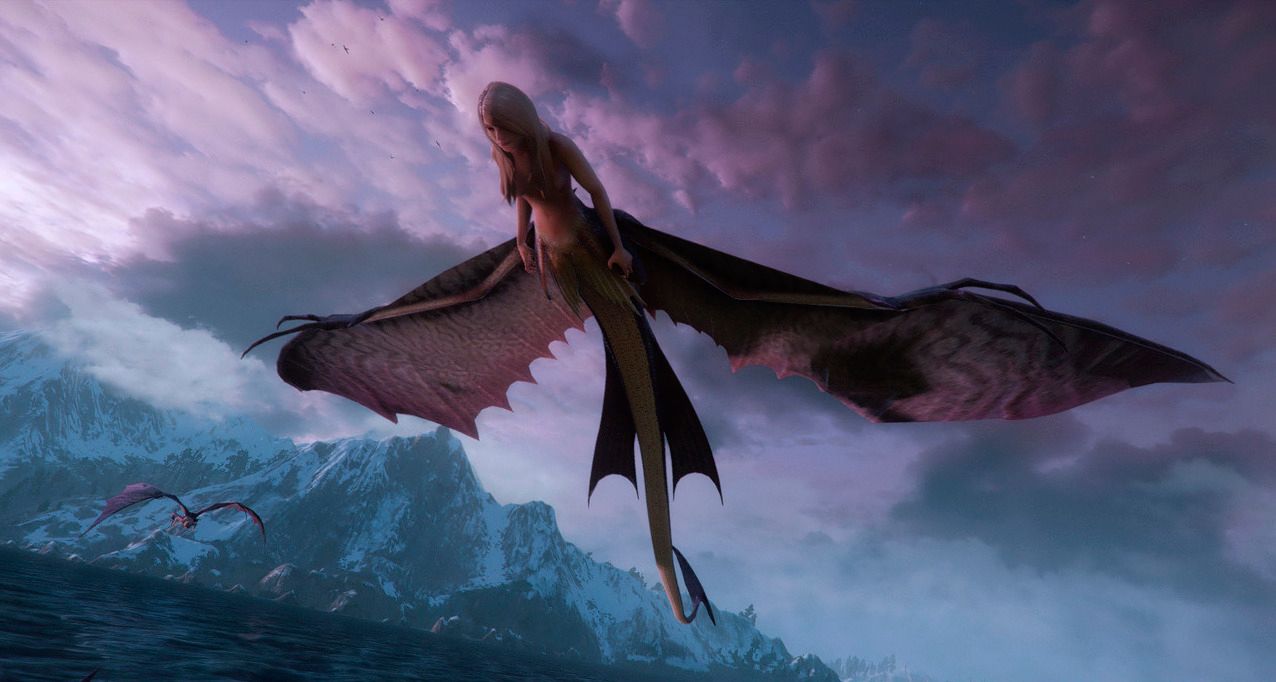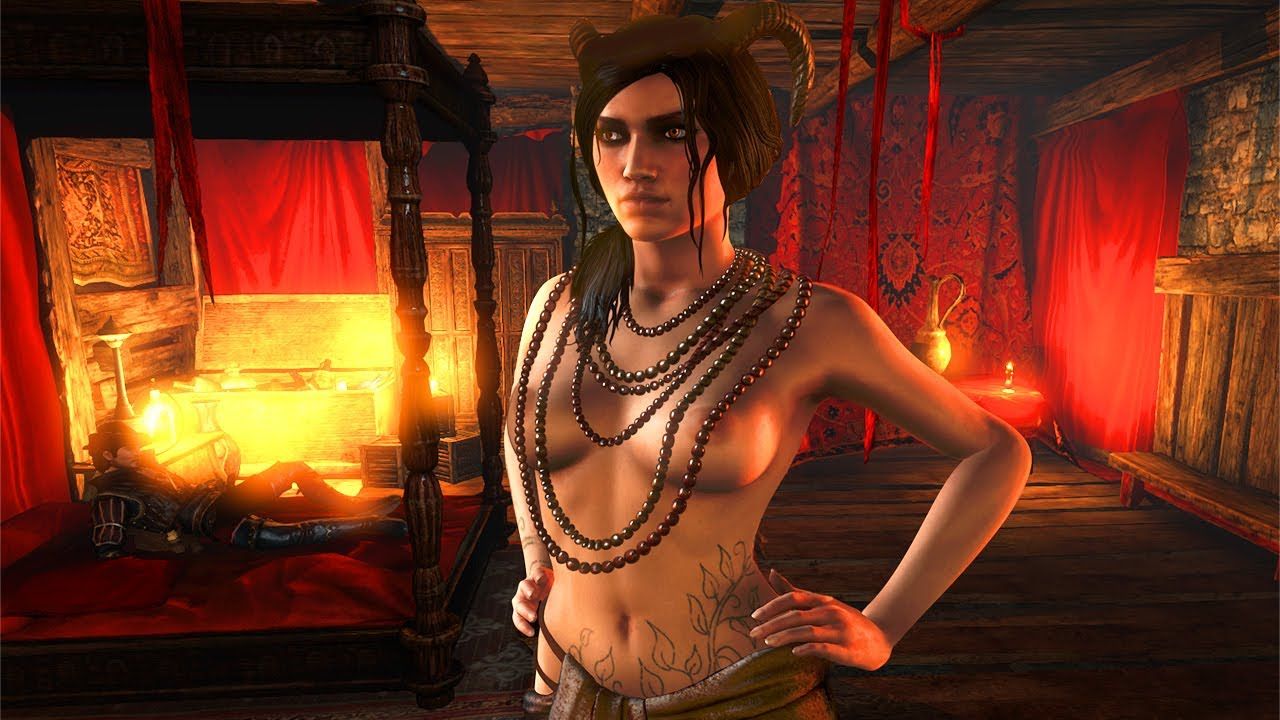In The Witcher 3: Wild Hunt, there are different creatures a Witcher has to face to fulfill his duties and get rewarded. One of the monster categories is Hybrids, a dangerous amalgamation of two other monsters that inhabit Geralt's world.
Hybrids combine the capabilities, the strengths, and the weaknesses of different creatures, so the player must know how to use all the tools at his disposal in The Witcher 3: Wild Hunt when facing them. Furthermore, as a combination of other species, Hybrids are versatile in their offensive capabilities, which means that the player has to plan a good strategy to survive their attacks.
Ekhidnas
Ekhidnas are a larger, stronger breed of Sirens. They make bodies of water a dangerous place; thus, a crossbow might be helpful to Geralt. Their fighting tactics comprise flying and underwater attacks, and they are vulnerable to Grapeshot, Hybrid oil, and the signs Igni and Aard. Geralt can come across Ekhidnas in the "Here Comes the Groom" contract.
Erynias
Erynias are more repulsive and dangerous Harpies that inhabit the Skellige Isles. Though well-rotten carrion is their favorite food, they will not turn up their noses at fresh meat, human flesh included.
When Erynias spy a potential victim, they will try to make full use of the strength of their numbers and the ability to control the skies. They will circle above their prey then attack from several directions at once, striking with razor-shark talons and tearing their targets to shreds. While attacking, they aim for the neck, eyes, and other vital organs, causing their prey to bleed to death as a result.
Erynias, like Harpies and all their subspecies, favor flying and hunting in packs. Igni lights them on fire and brings them out of the air; Yrden is also suitable for situations where a Witcher is surrounded. Like many flying creatures, a bolt from a crossbow or a good blast of the sign Aard can be enough to ground an Erynia.
Griffins
Griffins are creatures with the body, legs, and tail of a lion and the head, wings, and talons of an eagle. They can be found in Skellige, Velen, Oxenfurt, and White Orchard, lurking high in the mountains to hunt marmots and wild goats. Geralt will face a Griffin during "The Beast of White Orchard" quest, and it is one of the most challenging boss fights in The Witcher 3: Wild Hunt.
Griffins prey on large mammals and fiercely defend their hunting grounds as territorial creatures. They mate for life, and when their partner is attacked, they will protect it from death. For this reason, they are often considered the embodiment of courage, loyalty, and fighting spirit.
Griffins are tough opponents, and their strength should not be underestimated; obstinate and aggressive, they make deadly use of their ability to fly during combat, swooping down on their enemies, knocking them to the ground, and ripping them to shreds with their claws and beak. A crossbow or the sign Aard will force a Griffin to the ground, making the fight more manageable; an experienced player knows that The Witcher 3's silver swords should be used for ground combat.
Harpies
Harpies are monsters with a woman's head and a bird's body. It is hard to say what is most repulsive about Harpies: their hideous appearance, the overwhelming stench of rot and bird excrement that clings to them, or their bloodcurdling screech.
Harpies' nests are not easy to take down and are most often found atop high cliffs or rocky ravines. They hunt in flocks consisting of a handful to up to twenty individuals. Though rather cowardly and cautious, Harpies fiercely defend their nests and will not hesitate to attack when outnumbering their foes.
During combat, they use their ability to fly to dive swiftly to strike their victims one by one before soaring back up out of reach. Harpies can kill with their wings or sharp beak and talons, although once on the ground, they move slowly and no longer present much of a threat. They are easy to deal with if there is only one, but this will mostly not happen during Geralt's adventures, so an experienced Witcher knows that the sign Aard might come in handy. Harpies, like many other creatures, have a card in the Monsters Gwent deck.
Melusine
Melusine is an old and powerful Ekhidna living in a large complex of caves near the village of Svorlag, in Skellige. Melusine was a powerful beast that some islanders worshipped her as a semi-divine being. Geralt will face this particular Ekhidna during the "Here Comes the Groom" contract. As a powerful Ekhidna, Melusine is susceptible to Grapeshot, Hybrid oil, and the signs Aard and Igni.
Opinicus
Opinicus is a very powerful Archgriffin living in the forests east of Oxenfurt, in the Redania region. Killers of various stripes have tried to take down this creature. Still, it usually ends in a massacre that not only fails to solve the problem, but only makes it worse since Opinicus walks away from the fight unharmed, enraged, and out for vengeance.
Opinicus' fighting tactics comprise flying attacks and spitting acid. It is immune to the fire and the sign Igni; however, it is vulnerable to Grapeshot, Hybrid oil, and the sign Aard. A silver sword, like The Witcher 3's Harpy Relic, is essential to defeating it.
Salma
Salma Lilith was a Succubus prostitute who lived near Glory Lane in southern Novigrad in 1272. The madame of Crippled Kate's placed Salma in a house near the brothel, as the Succubus had proven relatively successful in drawing in customers and significantly increasing the brothel's income.
Succubi usually don't commit premeditated, cold-blooded murders; however, this does not mean they cannot be dangerous. They sometimes kill on accident when carried away on a particularly gushing stream of ecstasy. They are invulnerable to fire and can only be harmed with the sign Quen or Hybrid oil.
Sirens
Like skilled hunters setting out wooden ducks to lure in drakes, Sirens lure men near using their bodies as decoys. They can transform to resemble beautiful human maidens, though with tails covered in silver scales instead of legs. Once a naive sailor gets within arm's reach of these beautiful creatures, their faces suddenly turn to fang-filled, fish-like maws, and their lovely tails promising unknown delights become sharp, death-dealing talons.
Sirens usually hunt in flocks, using their ability to move effortlessly through water and air. However, they are defenseless on the ground, so a wise tactic is to damage their wings to force them to land. The signs Igni and Aard, as well as Grapeshot and Hybrid oil, prove effective when fighting against them.
Succubi
Succubi are sometimes considered demons, looking like beautiful human beings seducing real humans. They are not particularly violent, though their draw energy from the people sustains themselves, often until the point of exhaustion or death of the victim. Geralt will encounter a rare Succubus during the "Deadly Delight" quest.
Unlike other monsters, Succubi feel no desire to kill, do not crave human blood, and usually do not mean any harm at all. Instead, they are motivated by one thing: an insatiable lust. They usually can be found near human settlements, including small villages and populous cities. They prowl at night, though when stricken by serious need, they will leave their lairs during the day as well.
Though Succubi are peaceful by nature, they will defend themselves fiercely when forced to fight. They are immune to the sign Axii but vulnerable to Hybrid oil and the sign Quen.
The Witcher 3: Wild Hunt is available now on PC, PS4, Switch, and Xbox One.

